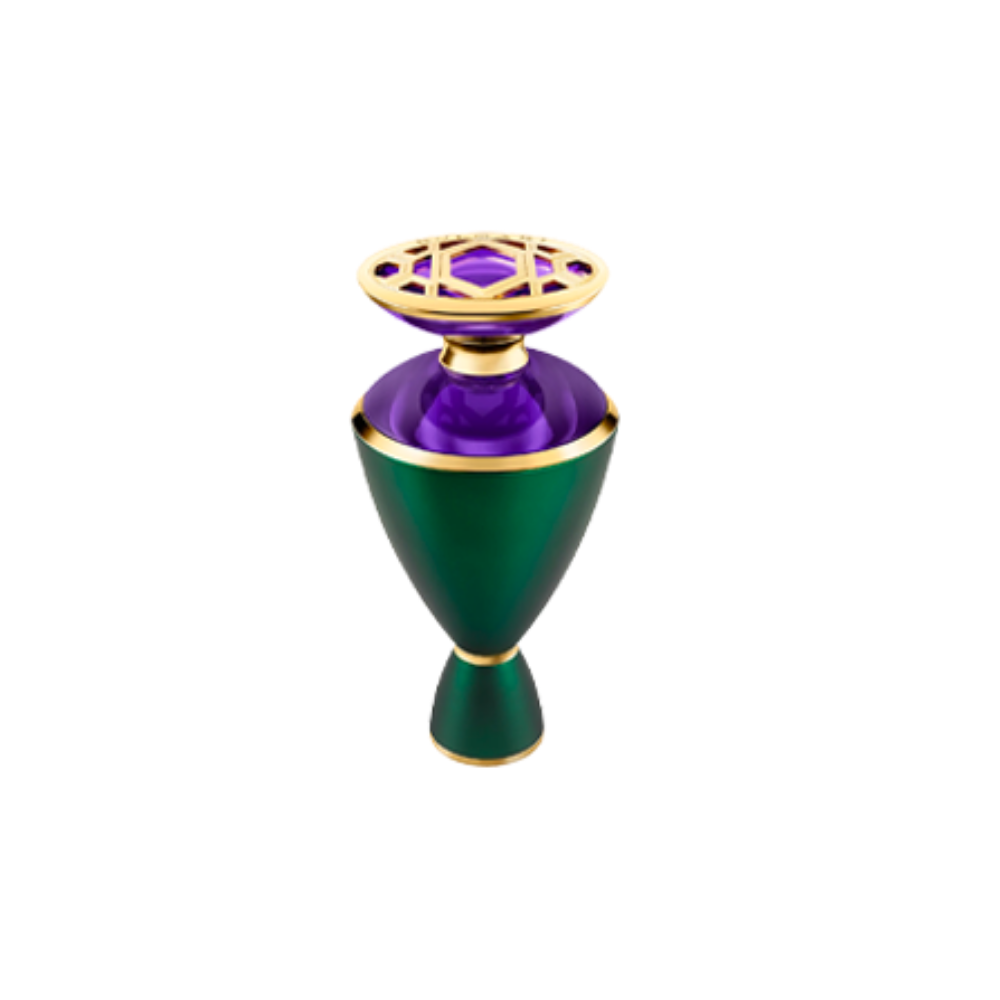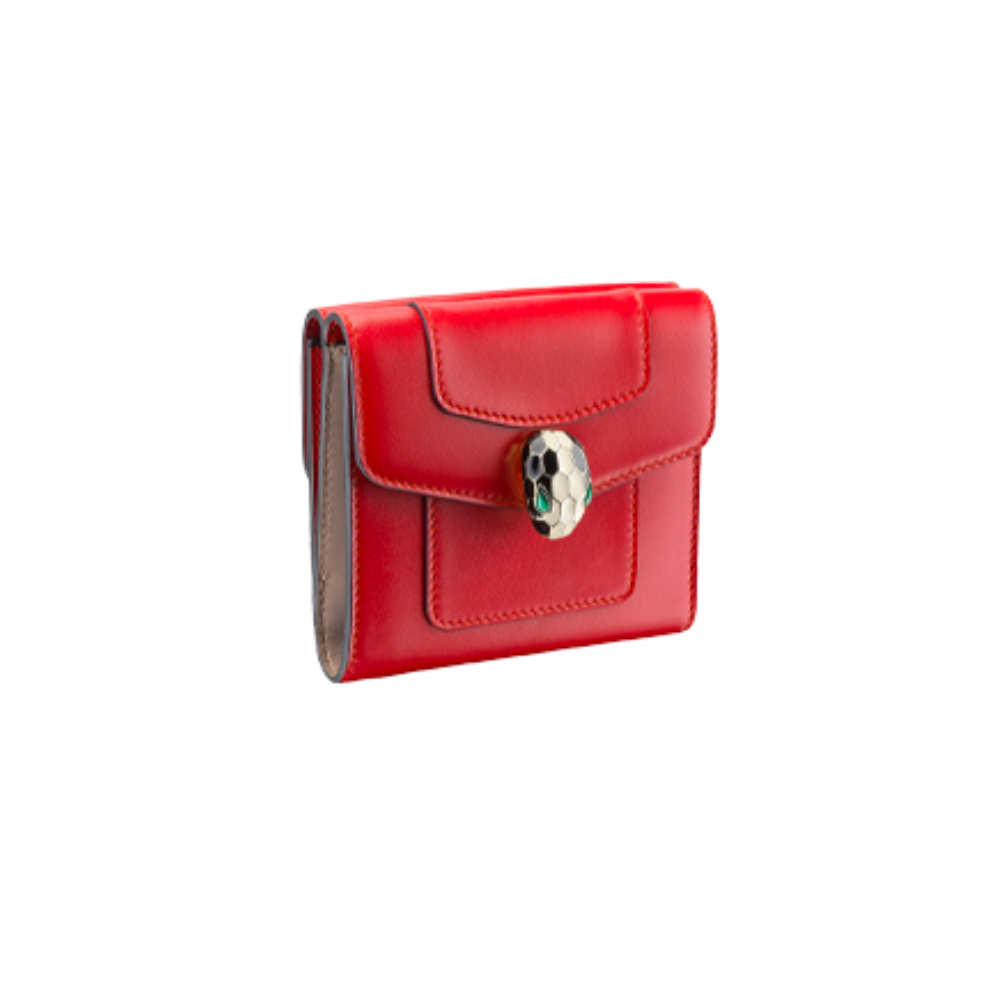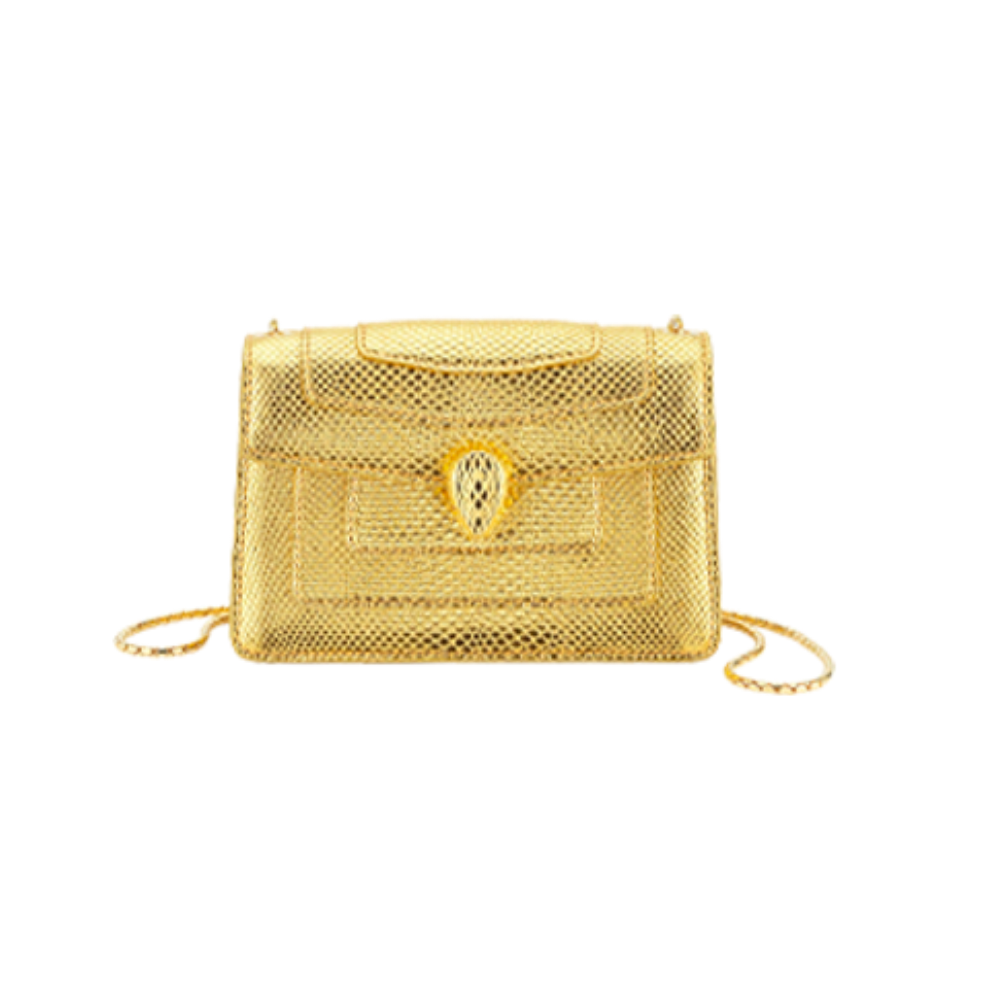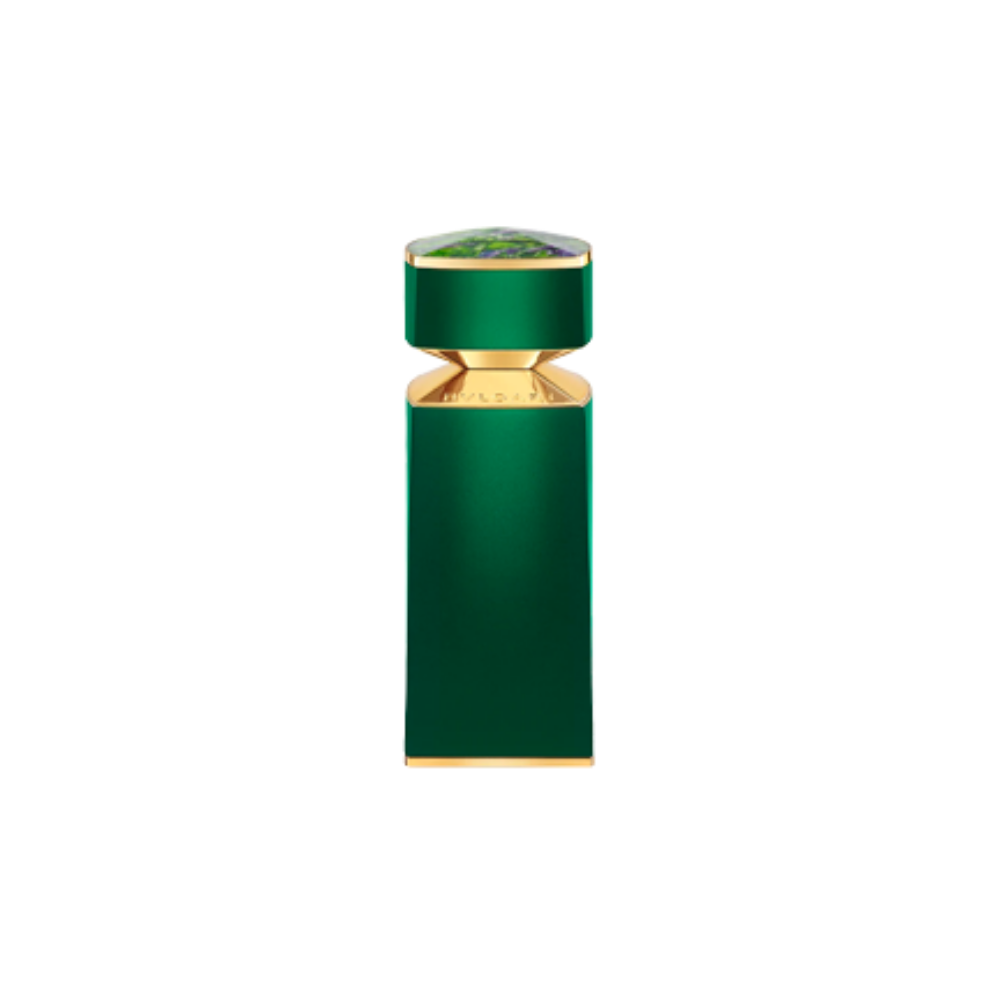The journey of Sotirios Voulgaris began long before 1884, the year that marks the beginning of the history of the House of Bvlgari, far from the lands that had welcomed Michelangelo and Raphael.
Between Greece and Italy
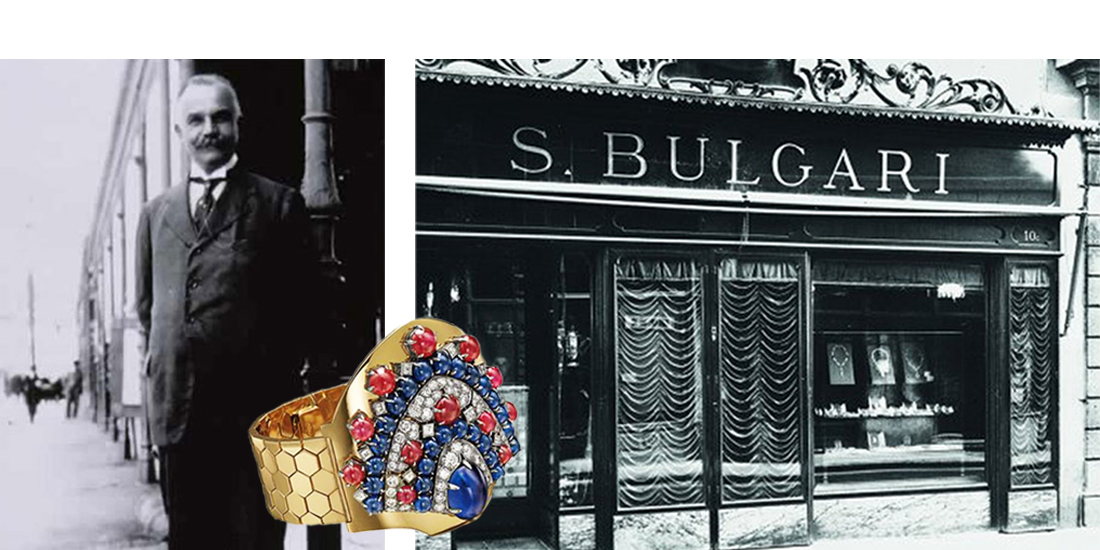
Originally from the small village of Kalarites in the Greek region of Epirus, Sotirios Voulgaris embraced goldsmithing from his earliest childhood. As a travelling salesman, his grandfather taught him the art of handling precious metals. Unfortunately, political conflicts ravaged the region and after the fire in the family store, Sotirios Voulgaris and his father were forced to leave to lead a bohemian life. They began their platinum journey by traveling through Greece and Albania before settling in Corfu in 1877. While life is peaceful on the small island with its chic and casual allure, the young craftsman dreams of wider horizons and distant perspectives. The family business has to become international! He sets off again, this time in the direction of Italy. The gentle Neapolitan way of life seduces Sotirios Voulgaris, and the family opens its first jewelry store in Piazza del Materi. Recurring burglaries quickly bring them back to reality, rusting the golden veil of hope. The decision is final, this town is not suitable for valuable goods. At least not at that time. With only 80 cents in his pockets, the 24-year-old decides to set out to conquer the capital. With its unparalleled cultural heritage, architectural remains and thousand-year-old history, Rome has something to sparkle in your eyes! Sotirios Voulgaris, now Sotirio Bulgari all’italiano, works day and night to perfect his know-how and reach new heights of sophistication.
The Eternal City offers its chance to the fine entrepreneur, who is forging a place for himself in Roman circles. Barely three years after dropping off his suitcases, he already opens his antique and goldsmith store on Via Sistina. If 1884 was chosen as the beginning of the Bulgari adventure, it would take another ten years and the inauguration of Via Condotti 10 to see the founder’s name appear on the sign’s façade. With his sons, Constantino and Giorgio, the family business moved to number 28 of the same street. This address still exists, if you are passing through Rome! As all roads leave Rome as well, the jeweler sees his creations and watches going to the four corners of the world on the necks and wrists of his international clientele. And why not bring them to his customers himself, he who has always dreamed of making the whole world sparkle? The challenge was met, since in 1908 Bulgari had seven boutiques and two seasonal points of sale in Europe. What’s more, without even being aware of it, he created the industry’s first sales chain, until now organized as a workshop-boutique! But this is only the first link. At that time, the style of the House was greatly influenced by the French School, with its abundance of diamonds and precious metals in geometric and Art Deco aspirations. After the death of its founder in 1932, the company was to undergo a more than visionary upheaval.
All the nuance of V
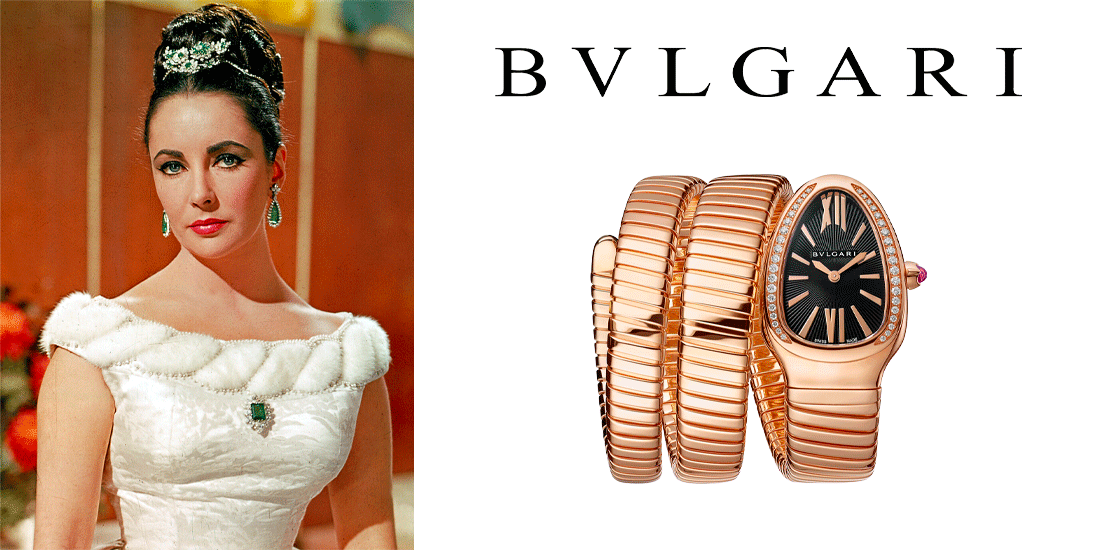
Passing through the hands of the brothers Constantino and Giorgio, a delicate and refined wind of change crosses the boutique on the 28th. The letter U gives way to the V, recalling the codes of the Latin alphabet, while the interiors are completely redecorated. The new design of the boutique was so successful that it was chosen to illustrate the Enciclopedia Treccani, the reference work for science, literature and the arts in Italy. But let’s not stray too far. At the end of the Second World War, Europe needed colors, to feel abundance and to see wealth. Who better than the extravagant Bvlgari can meet this demand? The House moves away from French influences, venturing into classicism with Greco-Roman aspirations with a touch of the Renaissance. A return to the roots, so to speak! During the 50’s Bvlgari definitively left the standards and trends of the jewelers, refining his own eccentric style. An overflowing imagination combined with the mastery of innovative techniques are his new master words of the Via Condotti!
From this reinterpretation of the ancient and the contemporary are born ingenious and avant-garde collections in materials beyond all imagination, such as coral, steel or porcelain.
For example, En Tremblant, with its delicate petals in motion thanks to a system of springs, or Tubogas, which revisits a 19th century technique to give a rounded aspect to the “pipes”. Not to mention Monete, which integrates real old coins into the jewelry! While the House cuts the new codes, like its competitors their stones, Bvlgari’s gems are surprisingly rounded. The cabochons follow a cupola shape, a polishing technique that until now was only used for semi-precious stones. A small revolution in the industry! The jeweler also advocates weddings according to the palette of shades and tints, opening up new arcades to his whimsical thinking. Value and carat have lost their reign to the audacity of the Roman land! The wave of success seduced the clientele of the 250 stores in the 1970s and invited itself to the big screen. What do the films The Vultures’ Prey, Casinò and Mission Impossible have in common? Simply, Bvlgari jewels!
It’s time for watches
Bewitching snake
The arrival of the founder’s grandsons, Nicola and Paolo, in the management team gave the impetus to venture into the men’s watch market. And who knows this field better than the Swiss? Bvlgari acquires the manufacturers Daniel Roth SA for its taste for classics and Gérald Genta SA for its touch of impertinence, positioning itself directly at the top of this industry. Swiss know-how mixed with Italian eccentricity produces a visual and technical cocktail that could only work! Perhaps a few olfactory nuances are missing? Ah no, Eau the Vert has already been intoxicating the head for a few years now!
Tracing the history of Bvlgari without mentioning the snake? Absolutely not! Symbol of vitality and knowledge, this reptile made its appearance in the jewelry industry in the twentieth century thanks to the House. Wrapping itself first around the wrist, then slipping towards the neck, the Serpenti embodies the advanced technicality so characteristic of Bvlgari. A perfect mastery of the juxtaposition of the reptile’s scales gives a wavy and bewitching movement to the masterpiece. What a talent!
Walking up and down the Trinité-des-Monts staircase, the snake even ended up sneaking to the top of the hotel industry! But that’s another story.

